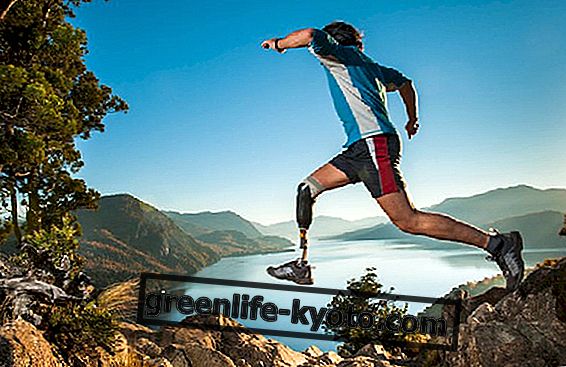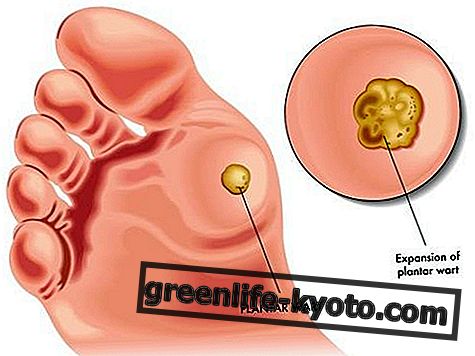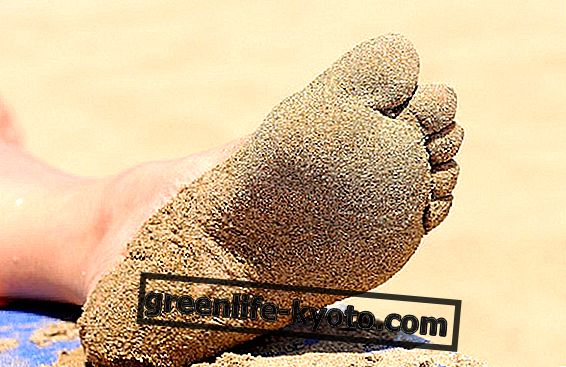
Here are some essential definitions for the manual treatment of trigger points.
Palpable Bandeletta (1)
Group of contracted muscle fibers, associated with a Trigger Point. Both are identified by examining the muscle with the tips of the hands.
contracture
The muscle or part of it contracts for long periods of time without neuronal stimuli, that is, independently of the will. It can lead to the formation of fibrous muscle and skin areas and corresponding trigger points.
Trigger Point (1)
Outbreak of hyper-irritability of a tissue that, when compressed, is locally painful and, if sufficiently hypersensitive, can give rise to pain projected at a distance and, sometimes, to various phenomena such as tremor, sweating, nausea, sense of anxiety and more.
The importance of muscles
As all the specialists of the field know (even if someone still pretends not to know it) there is almost never a relationship between the articular "radiological signs" and the painful and / or dysfunctional symptoms manifested by the patient.
So we can have - and this commonly happens - that patients with fierce and painful back pain do not show any noteworthy alteration in radiographs and MRI, as well as we have horrible radiographic findings of the spine not accompanied by symptoms of any importance.
Similarly, it occurs in other parts of the body, such as the shoulder, pelvis, hip, arms, legs. If then the radiographic investigations directed to the Locomotor Apparatus can represent a useful means of exclusion of certain serious degenerative or infectious pathologies (which together represent 1% of everything related to bones and joints) and, in certain cases of uncertainty diagnostic, to exclude or confirm the presence or absence of bone or ligament fracture, in the great majority of cases I am unable to explain remissions and symptom onset and above all they do not give us indications on what causes the pathology, nor even therapeutic.
At this point, and for reasons that are not clear, medical specialists (and even osteopaths and chiropractors) have indulged in blaming the joint as a source and cause of pain and dysfunction of the common symptoms of the musculoskeletal system.
A mechanical cause is therefore commonly assumed, represented by overweight and / or "reflex" contracture which causes wear of the articular cartilage and inflammatory phenomena. Or an inflammatory joint phenomenon is invoked of unclear origin, from which the medical therapies contemplated are fundamentally directed at combating pain, pending spontaneous remission or possible prosthetic or corrective surgery.
Jane Travell and David Simons have considered the role of muscles in all this and hypothesized - and then in practice - that muscle contracture is not the consequence but the cause of joint pain, so it is necessary to look for the muscle (s) responsible / i of that date symptomatology. Moreover, if we are able to listen to the patient, this almost never indicates the joint as the seat of the symptoms, but rather a given muscle.
The discovery of the Trigger Points and Palpable Bandelettes is also owed to Travell and Simons (see the respective definitions above). These are simple and evident dysfunctional anatomical components, always present in the most common Locomotor pathologies, almost always easily detectable (it is the patient himself who indicates or contributes to their identification).
They have a particular pathophysiology and are subject to considerable individual variability. The therapy will in fact be of personalized need, even if it is possible to define areas of greater frequency of presentation, on the skin and on the muscular fascia.
When the presence, or rather the activation, of the Trigger Points is in close relationship with the pathology manifested by the patient, it is verified that the manual treatment - or in any case by physical means - of these areas have therapeutic value for numerous common pain syndromes and / or dysfunctional, especially chronic ones.
Famous, thanks to the therapies of Jane Travell, the recovery, in the 50s, of the back pain of John F. Kennedy (previously subjected to two useless surgical operations and to equally useless drugs). We report below some considerations, taken from chapter 2 of their fundamental text (3). " The voluntary muscle (skeletal) is the largest organ of the human body and counts for 40% and even more than the body weight. ... We have, depending on how we classify them, from 400 to about 700 muscles and in each single muscle may develop myofascial trigger points (PT) that may project pain and other very disturbing symptoms usually at a distance .
This text describes a pathology, neglected although of primary importance, of the most widespread organ of the body, cause of pain and dysfunction. Contractile muscle tissues are extremely prone to daily activity, but doctors usually focus their attention on bones, joints, bags and nerves. "Myofascial PTs do not directly threaten life, but their tenderness can, as often happens, devastate the quality of life ".
Later we have a consideration regarding the psychological damage induced in the patient by false causal interpretations. " Pain-related suffering is enormously affected at the cortical level by the meaning given to it. ... When patients mistakenly believe that they have to "live with" PT pain because they think it is due to osteoarthritis or an inoperable "pinched" nerve, they limit activity to avoid pain. Such patients must learn that pain comes from the muscles, not from nerve damage, nor from permanent osteoarthrosic alterations. More importantly, they must know that this pain responds to treatment. This gives the pain a new meaning. When such patients become aware of the joint facts that their pain is myofascial and that it is treatable, their lives take on a new meaning and they are sent to the resumption of full somatic functionality ".
summing up
- Not recognizing the root cause of the painful and / or dysfunctional pathology leads to a proliferation of terms describing an "anatomical pain picture" given as irremediable: eg. temporal headache, osteoarthritis of the spine, tension headache, lumbago, sciatica, etc.
- The muscles that present contracture (see definition) are able to produce articular suffering, up to its degeneration (from arthritis to arthrosis and beyond) and to evoke local dysfunctional syndromes and also at a distance, such as paresthesia, pain, stiffness, hypotrophy and functional limitations, practically all the symptoms that patients report when they go to the family doctor to complain of a muscle-joint problem.
- When we observe a patient with the symptoms reported first, almost always (at least 95%), we find a problem referable to one or more skeletal muscles and detectable on palpation.
- Palpable bands and trigger points that are detected in the muscles give a logical and timely explanation of what actually happens and above all provide a concrete therapeutic possibility through manual treatment of these areas.
Notes and bibliography
- Trigger Point and Palpable Bandeletta . These terms are the Italian translation of the respective English terms Trigger Point and Taut band, as shown in the Italian edition of the Travell-Simons text (see note 3).
- US physicians and researchers, worked from the 40s to the 80s, in close collaboration with a team of other physiatrists and researchers. These are not doctors who pursue "alternative" theories or who appeal to knowledge other than those that modern medicine can offer, indeed they base their assumptions on clinical tests, supported by radiological and ultrasound findings.
- Jane G. Travell and David G. Simons - Myofascial Pain and Dysfunction - The Trigger Points Manual - Willliams & Wilkins - Baltimore USA - second edition 1999 (monumental work of about 1800 pages!). There is an Italian translation of this work (based on the first edition) now out of print and nowhere to be found. The undersigned has taken care of a photographic reproduction.













